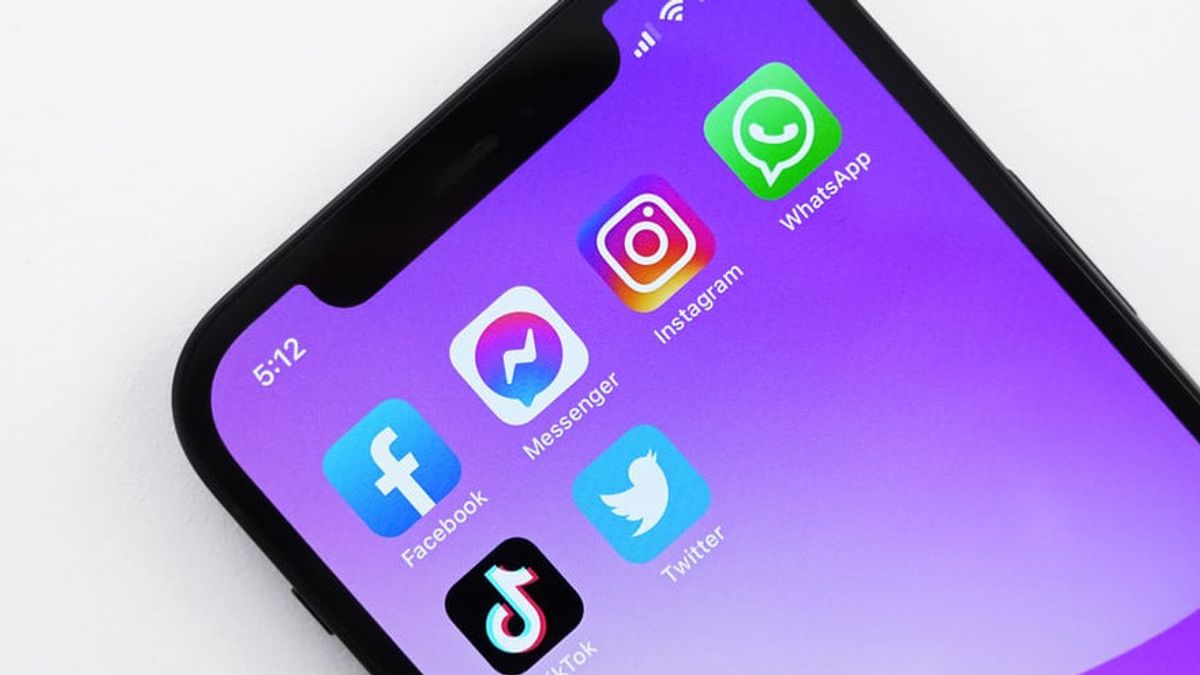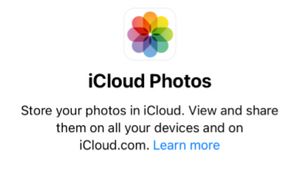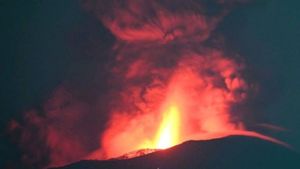JAKARTA - In the midst of the escalating conflict between Russia and Ukraine, a number of social media outlets took swift action as an effort to protect their users, including Facebook and Twitter.
Meta, Facebook's parent company, is taking new steps to protect user accounts in Ukraine. The company enabled the profile lock feature for people in the country, and set up a Special Operations Center to closely monitor what happens there.
The profile lock feature is intended to give users one-click access to additional privacy and security features. "When their profile is locked, people who are not friends cannot download or share their profile picture or view posts on their timeline," said Nathaniel Gleicher, Head of Meta Security Policy.
Launching Engadget, Friday, February 25, while the Special Operations Center said Gleicher, it is staffed by experts (including native speakers) so that the security team can monitor the situation closely and act as quickly as possible.
Then Twitter, also posted a series of tips on the social networking site on how users can secure their accounts to prevent hacking, or ensure their tweets are private and only visible to followers. The company tweeted safety tips in English, Russian and Ukrainian.
"When using Twitter in conflict or other high-risk areas, you need to know how to manage your profile and digital information. Setting up two-factor authentication ensures that outsiders cannot access your profile," tweeted @TwitterSafety.
The move comes as Russia's invasion of Ukraine escalated on Thursday, February 24, raising concerns about the spread of disinformation on social media.
As reported by NBC News, Russia is also working to spread disinformation and propaganda on the internet and through foreign and domestic media about its invasion of Ukraine which began a few weeks ago, and is expected to escalate now that the conflict has started.
Disinformation experts stated that they had seen the concerted efforts of Russian leaders and the state-backed media to push a false narrative around the reasons for the invasion of Ukraine.
They hoped it would continue as international pressure, even as some of Russia's domestic resistance to the war grew.
"We're going to see a massive attack. And we have to be prepared for it," said Jane Lytvynenko, senior research fellow at Harvard University's Center for Media, Politics and Public Policy.
Lytvynenko said everyone should be prepared for a variety of disinformation and propaganda, including the use of authentic images and videos to encourage false narratives.
SEE ALSO:
“We know that propaganda is part of every war, and we know that after every attack, we see a flood of propaganda. This can take various forms. It can try to take the video out of context and claim it as something else. It could show the Russian attack is stronger than it really is," Lytvynenko said.
“They can create the illusion that Ukraine didn't fight back then. It will also play into a knowledge gap in Western audiences especially those who are not paying attention to the war that has been going on for eight years," he added.
During conflict, disinformation and propaganda can also be tools used by all parties. Some of the media circulating are known to be recycled products from other conflicts, including one post from a verified Ukrainian military Facebook page posting what is said to be a Ukrainian military action but appears to be footage of the conflict in Syria in 2020.
The English, Chinese, Japanese, Arabic, and French versions are automatically generated by the AI. So there may still be inaccuracies in translating, please always see Indonesian as our main language. (system supported by DigitalSiber.id)















